- Home
-
My Models
-
AV History
- Airline History Blog
-
Airline Development
>
-
Liveries
>
- Aeroméxico Liveries
- Air China Special Liveries
- American Airlines Liveries
- British Airways Liveries
- Continental Airlines Liveries
- Delta Air Lines Liveries
- Eastern Air Lines Liveries
- Landor Liveries
- National Airlines Liveries
- Northeast Airlines Liveries
- Northwest Airlines Liveries
- Pan Am Liveries
- Trans World Airlines Liveries
- United Airlines Liveries
- Western Airlines Liveries
- Airbus A380s >
- Boeing 747 >
- Real Airport Histories >
- Plane Spotting >
- Aviation Stickers >
-
1:400 SCALE
- Collecting 1:400 Scale >
- The History of 1:400 Scale >
-
1:400 Brands
>
- Aeroclassics >
- Airshop Diecast
- AURORA Models
- Aviation400 (2007-2012)
- Big Bird 400 Your Craftsman
- Black Box Models
- Blue Box & Magic Models
- C Models
- Dragon Wings
- El Aviador 400
- Gemini Jets >
- JAL Collection / Jet Hut >
- Jet-X >
- MP4 Models
- NG Models >
- Panda Models >
- Phoenix Models >
- Seattle Models Co (SMA)
- Skyjets400
- Sovereign Models
- TucanoLine
- Witty Wings / Apollo
- Yu ModeLs
- 1:400 Custom Models >
- Production Numbers
- Zinc Rot
-
1:400 Moulds
- The Best Moulds >
- Airbus >
-
Boeing
>
- Boeing B-377 Stratocruiser
- Short Boeing 707s & 720s
- Boeing 707-320/420
- Boeing 717
- Boeing 727-100
- Boeing 727-200
- Boeing 737-100/200
- Boeing 737-300 >
- Boeing 737-400
- Boeing 737-500
- Boeing 737-600
- Boeing 737-700/800/900 >
- Boeing 737 MAX
- Boeing 747-100/200 >
- Boeing 747-400 >
- Boeing 747SP
- Boeing 747-8 Interactive
- Boeing 747LCF Dreamlifter
- Boeing 757-200 >
- Boeing 757-300
- Boeing 767-200
- Boeing 767-300
- Boeing 777-200
- Boeing 777-300
- Boeing 787
- British >
- Douglas >
- Lockheed >
- Other >
- Chinese >
- Soviet >
- Smallest Moulds in 1:400
-
1:400 Reviews
-
Model News
- Model Blog
-
New Mould Samples
>
- Aviation400 >
- JC Wings >
-
NG Models 400 Scale
>
- Airbus A318
- Airbus A319/320 CEO
- Airbus A319/320 NEO
- Airbus A321CEO & NEO
- Airbus A330-200/300
- Airbus A330 Beluga XL
- Airbus A330-800/900
- Airbus A340-200/300
- Airbus A350-900
- Airbus A350-1000
- Boeing 737-600/700/900
- Boeing 737-600 Refresh
- Boeing 737-800
- Boeing 737 MAX-8/MAX-9
- Boeing 737 MAX-7/MAX-10
- Boeing 747-100
- Boeing 747-200
- Boeing 747-400
- Boeing B747SP
- Boeing 747-8I
- Boeing 747-8F
- NG 747s Together
- Boeing 757-300
- Boeing 767-200/300 >
- Boeing 767-400 >
- Boeing 777-200
- Boeing 777-300/300ER
- Boeing 787-8
- Lockheed L-1011 Tristar
- Lockeed Tristar 500
- McDonnell Douglas MD-80
- McDonnell Douglas MD-87
- Tupolev Tu-154
- Tupolev Tu-204/Tu-214/Tu-234
- NG Models 200 Scale >
- Phoenix Models >
- Yu ModeL >
-
1:600 SCALE
- DIORAMAS
Between 1946 and 1977 the air service needs of Tanzania had been serviced by the joint Kenyan, Ugandan and Tanazanian airline East Africa Airways Corporation (EAAC). The relationship between the founding nations deteriorated during the 1970s and both Uganda and Tanzania failed to pay their way. The airline eventually collapsed in January 1977 by which time both Kenya and Uganda had formed their own national airlines. Tanzania followed suit on March 11, 1977 and Air Tanzania was born.
The result of all this was the effective collapse of the Tanzanian economy, destruction of the nation's capability to feed itself and an IMF bailout in 1975 to save the country from bankruptcy. Given the fundamental economic weakness of the state it is not surprising that Air Tanzania from the start was struggling. The Air Tanzania Corporation (ATC) did not receive much in the way of assets from EAAC, which given Kenya was the primary creditor is hardly surprising. Operations began with a single former EAAC DC-9-32 leased from Kenya Airways and a pair of ex-EAAC Fokker F27-200s. Somehow the new airline acquired funding from a US bank and was able to acquire a new fleet. This included a pair of new build Boeing 737-200s, which were delivered in December 1978 (5H-ATC Kilimanjaro) and May 1979 (5H-MRK Serengeti). Four new DHC-6-300 Twin Otters were also delivered in 1978 (5H-MRB-E) whilst the F27 fleet expanded with 3 new F27-600s (two in 1977 (5H-MPT/U) and one in 1979 (5H-MRM)). As you would expect Air Tanzania fulfilled two roles - enhancing internal communications on domestic routes and the maintenance of links with neighbours. Obviously with a highly politicised dictatorial state the latter element was heavily coloured by the whims of the state. These rarely involved making any money, if such a thing was even possible given the levels of corruption within the country, but they did involve enabling long-haul dreams. Air Tanzania's move towards long haul operations seems farcically handled. The airline made a deal with a US company known as Caledonian Airlines, which was owned by a George Hallak (aka George Khallaq). He was notorious for forging travel documents, illegal airline ticketing and working with the PLO so was surely just the sort of guy who you could trust! Anyway they wet-leased ATC a turbojet Boeing 720-022, N62215, (formerly with United) and it entered service on December 21, 1979. Well it kind of did as its first duties were to transport troops to Mozambique as Tanzania involved itself with the creation of Zimbabwe. Embarrasingly when it started flying from Kilimanjaro to Gatwick the hot and high conditions meant it could only carry 29 passengers. The aircraft was only used a few times and then promptly abandoned. That didn't stop ATC continuing to work with Caledonian though. They provided a replacement aircraft in the form of the turbojet ex-TWA 707-331 N762TW, which arrived in May 1980. Entertainingly no paint schematics were supplied and the livery applied was applied by using photos of the existing 737s. This aircraft was named 'Ngorongoro Crater' but lasted in service only until July 1981 when it was either in an unspecified accident or seized by the Tanzanian authorities (depending on the chosen source). At the time the aircraft was the highest time 707 with 66,681 hours on the clock. Like the 720 she was left to rot away at Dar Es Salaam. Prior to the cessation of 707 operations the international route network looked like this: Dar es Salaam to Athens (707), Antanarivo (737), Bombay (707) Bujumbura (737, Cairo (707), Frankfurt (707), Kigali (737), London Gatwick (707), Mahe(737), Maputo (737), Mauritius (737), Moroni (FKF), Muscat(737) and Rome (707). The next decade saw Air Tanzania muddle on through as the country gradually transitioned from 1985 to a less hardline government. By 1988 the fleet had been reduced to just 2 737s, 3 F27s and 3 DHC-6s due to attrition. One of the DHC-6s (5H-MRD) was destroyed in a crash on December 20, 1984 killing all 3 aboard, whilst the two eldest F27s were sold in 1983 to British Midland. The airline also suffered a pair of hijackings during the 1980s. In February 1982 the 737 5H-ATC made it as far as Stansted before the hijacking was resolved whilst in February 1988 one of the 737s didn't get off the ground in Dar es Salaam when a hijacking was quelled after two days. The hijackers interestingly were also keen to get to Stansted! The highpoint for Air Tanzania's own fleet was arguably in May 1991 when the airline leased an Ethiopian 767-200, ET-AIZ. Unfortunately the service once again proved uneconomic and the aircraft was returned in February 1992. On a related note this was the airframe that was later ditched in the Indian Ocean when it ran out of fuel during a hijacking. Air Tanzania would struggle on through the 1990s losing its IATA status in 1992. Its acronym of ATC would be misappropriated as 'Air Total Confusion' and 'Any Time Cancellation' due to the irregular service on offer. Worse one of the F27s, 5H-MPT 'Rufiji' was written off on December 12, 1993 following a landing at Dar Es Salaam. Air Tanzania attempted a joint long haul operation as a member of the Alliance Air consortium, but this too ended in failure. By 2002 the Tanzanian government was keen to privatise the airline and in essence the original Air Tanzania Corporation ceased to exist as a new Air Tanzania Company Limited (ATCL) was formed minus the airline's liabilities. The eventual sale to SAA was a disaster and by 2007 the airline was government owned again, however worse was to befall it when in December 2008 it was banned by the IATA and effectively grounded. Since then it has limped along losing marketshare inside Tanzania to Precision Air and others. There have been crashes, dodgy lease deals and cessations of operations, but by 2017 the fleet was back up to a pair of DHC-8-Q400s. Can Air Tanzania survive? It certainly seems to have the backing of the Tanzanian government, which has rather optimistically ordered 2 more DHC-8s and a pair of CS300s. Even more incredibly in December 2016 the government ordered a new Boeing 787-8 for the airline. Given its entire history it is hard to see Air Tanzania ever receiving all these aircraft, let alone making a profit with them but you've got to applaud their staying power. Certainly if it does arrive the 787 will look awesome. If there's one thing Air Tanzania has always done well it is attractive liveries. References
Air Tanzania: Now and Then. Angelfire Air Tanzania. Wikipedia Good guys went bad. Old Jets.net Air Tanzania Boeing 787 Order. Boeing.com Air Tanzania. Timetableimages.com
5 Comments
Eugene van Heerden
11/8/2017 04:03:23 pm
Very interesting write-up.
Reply
David
20/8/2017 07:03:25 am
They can survive but the government's must learn to not use a there airliners plane as private jet.
Reply
Paul Mills
11/9/2017 03:06:15 pm
There was an A320 5H-MWH leased 2008/9. I flew JNB-DAR and vv several times in their 733s, both 5H-TCA and XA-SWO. Service on board was not bad..but their booking system and punctuality was...urghhhhh
Reply
Ray Reeves
4/7/2018 01:20:35 pm
Your history about the Boeing 707 purcahsed in May 1980 brought back a few memories:
Reply
Richard Stretton
4/7/2018 06:38:06 pm
Ray that is an awesome anecdote. Thank you very much for telling it.
Reply
Leave a Reply. |
AuthorI'm Richard Stretton: a fan of classic airliners and airlines who enjoys exploring their history through my collection of die-cast airliners. If you enjoy the site please donate whatever you can to help keep it running: Archives
July 2024
Categories
All
|
- Home
-
My Models
-
AV History
- Airline History Blog
-
Airline Development
>
-
Liveries
>
- Aeroméxico Liveries
- Air China Special Liveries
- American Airlines Liveries
- British Airways Liveries
- Continental Airlines Liveries
- Delta Air Lines Liveries
- Eastern Air Lines Liveries
- Landor Liveries
- National Airlines Liveries
- Northeast Airlines Liveries
- Northwest Airlines Liveries
- Pan Am Liveries
- Trans World Airlines Liveries
- United Airlines Liveries
- Western Airlines Liveries
- Airbus A380s >
- Boeing 747 >
- Real Airport Histories >
- Plane Spotting >
- Aviation Stickers >
-
1:400 SCALE
- Collecting 1:400 Scale >
- The History of 1:400 Scale >
-
1:400 Brands
>
- Aeroclassics >
- Airshop Diecast
- AURORA Models
- Aviation400 (2007-2012)
- Big Bird 400 Your Craftsman
- Black Box Models
- Blue Box & Magic Models
- C Models
- Dragon Wings
- El Aviador 400
- Gemini Jets >
- JAL Collection / Jet Hut >
- Jet-X >
- MP4 Models
- NG Models >
- Panda Models >
- Phoenix Models >
- Seattle Models Co (SMA)
- Skyjets400
- Sovereign Models
- TucanoLine
- Witty Wings / Apollo
- Yu ModeLs
- 1:400 Custom Models >
- Production Numbers
- Zinc Rot
-
1:400 Moulds
- The Best Moulds >
- Airbus >
-
Boeing
>
- Boeing B-377 Stratocruiser
- Short Boeing 707s & 720s
- Boeing 707-320/420
- Boeing 717
- Boeing 727-100
- Boeing 727-200
- Boeing 737-100/200
- Boeing 737-300 >
- Boeing 737-400
- Boeing 737-500
- Boeing 737-600
- Boeing 737-700/800/900 >
- Boeing 737 MAX
- Boeing 747-100/200 >
- Boeing 747-400 >
- Boeing 747SP
- Boeing 747-8 Interactive
- Boeing 747LCF Dreamlifter
- Boeing 757-200 >
- Boeing 757-300
- Boeing 767-200
- Boeing 767-300
- Boeing 777-200
- Boeing 777-300
- Boeing 787
- British >
- Douglas >
- Lockheed >
- Other >
- Chinese >
- Soviet >
- Smallest Moulds in 1:400
-
1:400 Reviews
-
Model News
- Model Blog
-
New Mould Samples
>
- Aviation400 >
- JC Wings >
-
NG Models 400 Scale
>
- Airbus A318
- Airbus A319/320 CEO
- Airbus A319/320 NEO
- Airbus A321CEO & NEO
- Airbus A330-200/300
- Airbus A330 Beluga XL
- Airbus A330-800/900
- Airbus A340-200/300
- Airbus A350-900
- Airbus A350-1000
- Boeing 737-600/700/900
- Boeing 737-600 Refresh
- Boeing 737-800
- Boeing 737 MAX-8/MAX-9
- Boeing 737 MAX-7/MAX-10
- Boeing 747-100
- Boeing 747-200
- Boeing 747-400
- Boeing B747SP
- Boeing 747-8I
- Boeing 747-8F
- NG 747s Together
- Boeing 757-300
- Boeing 767-200/300 >
- Boeing 767-400 >
- Boeing 777-200
- Boeing 777-300/300ER
- Boeing 787-8
- Lockheed L-1011 Tristar
- Lockeed Tristar 500
- McDonnell Douglas MD-80
- McDonnell Douglas MD-87
- Tupolev Tu-154
- Tupolev Tu-204/Tu-214/Tu-234
- NG Models 200 Scale >
- Phoenix Models >
- Yu ModeL >
-
1:600 SCALE
- DIORAMAS

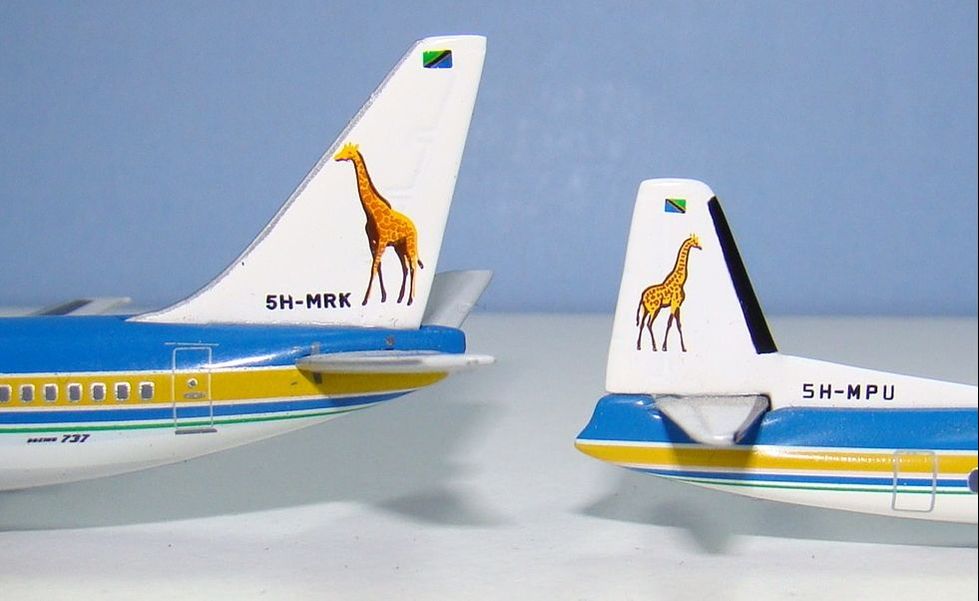
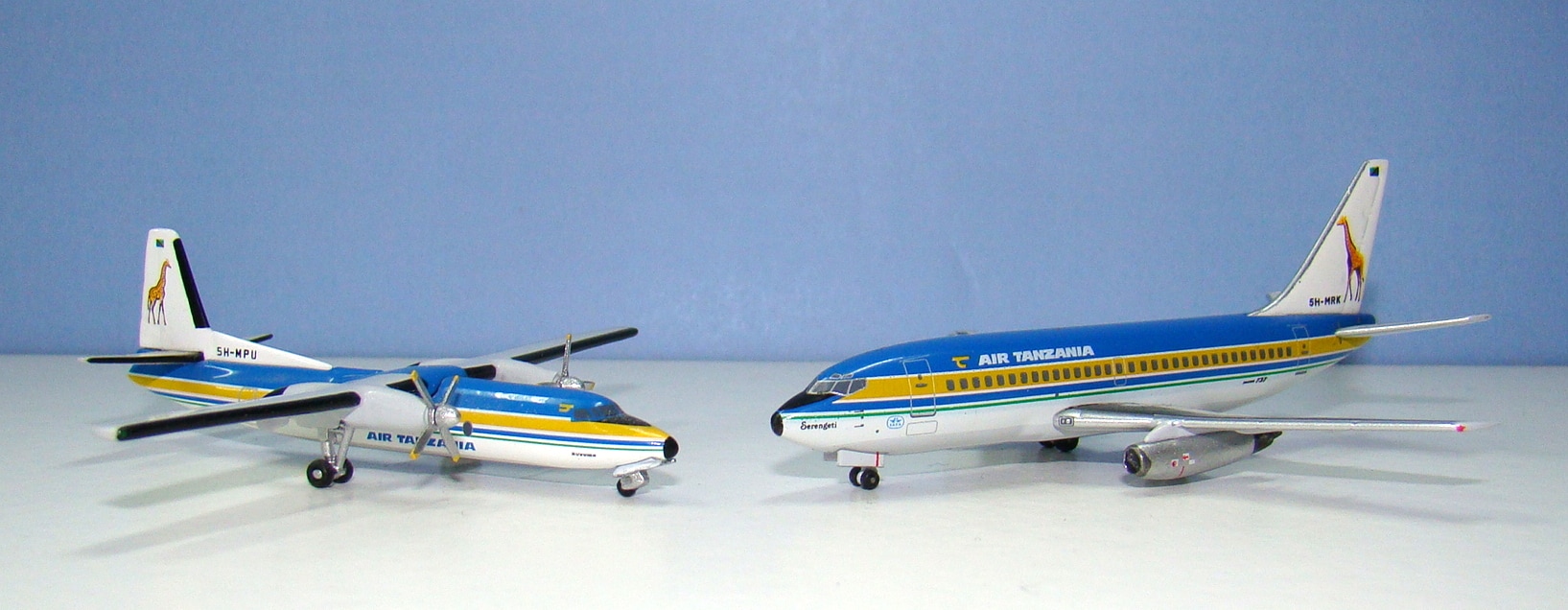
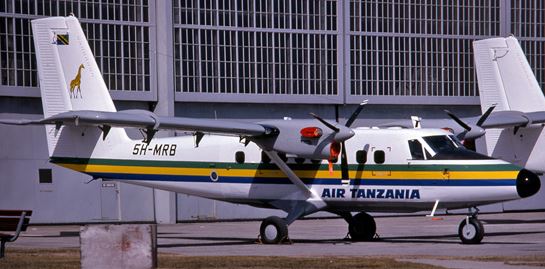
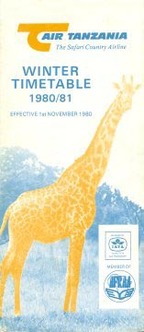

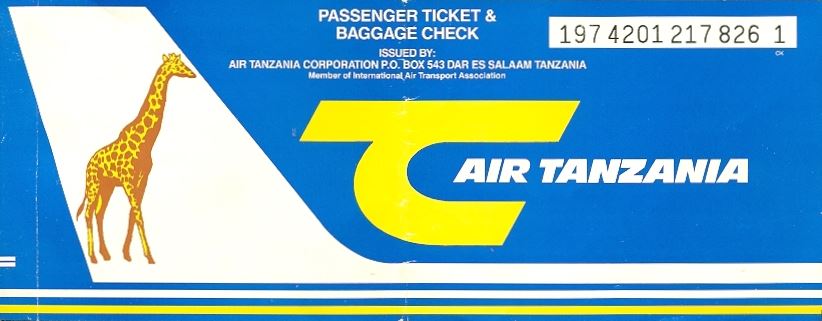

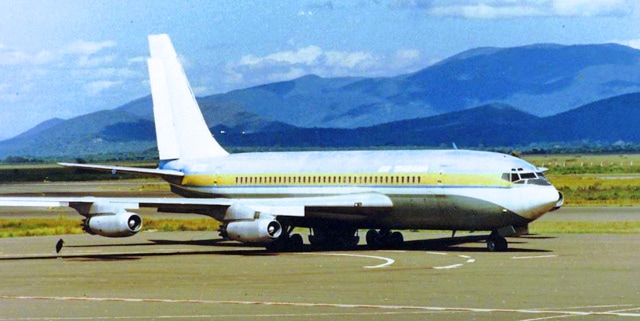
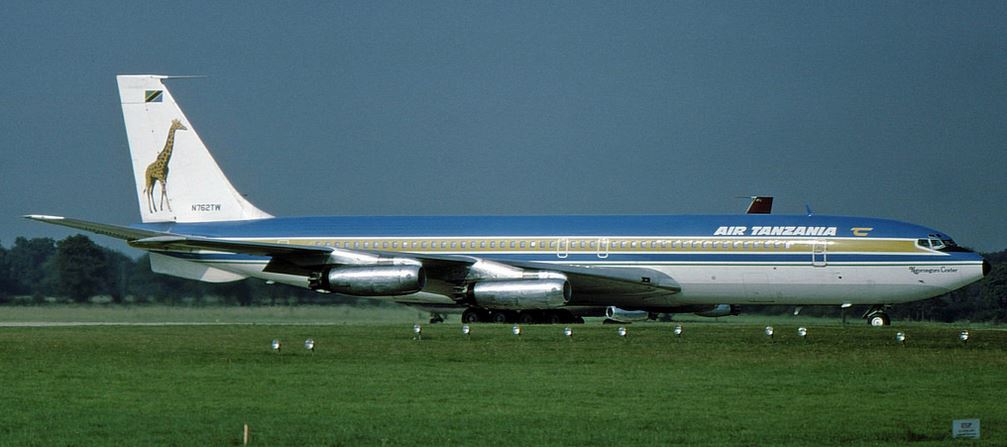

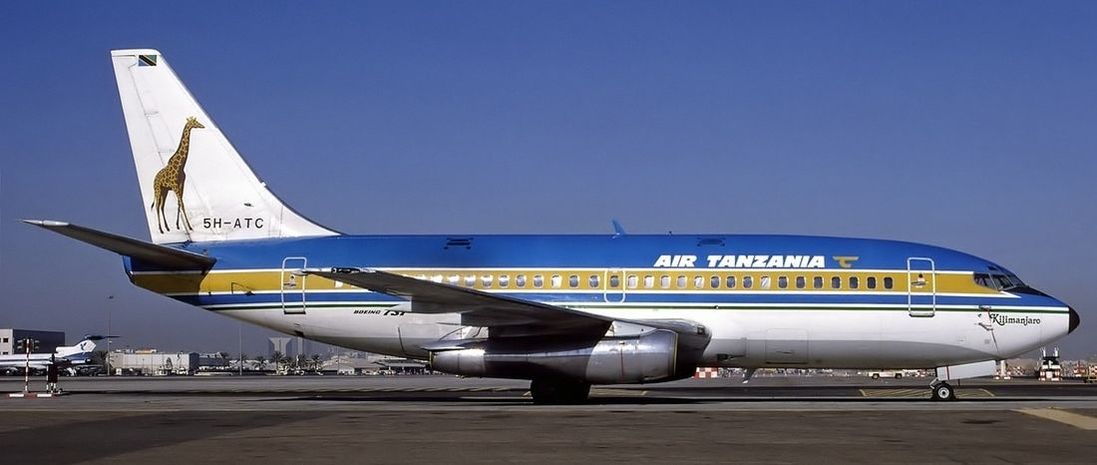
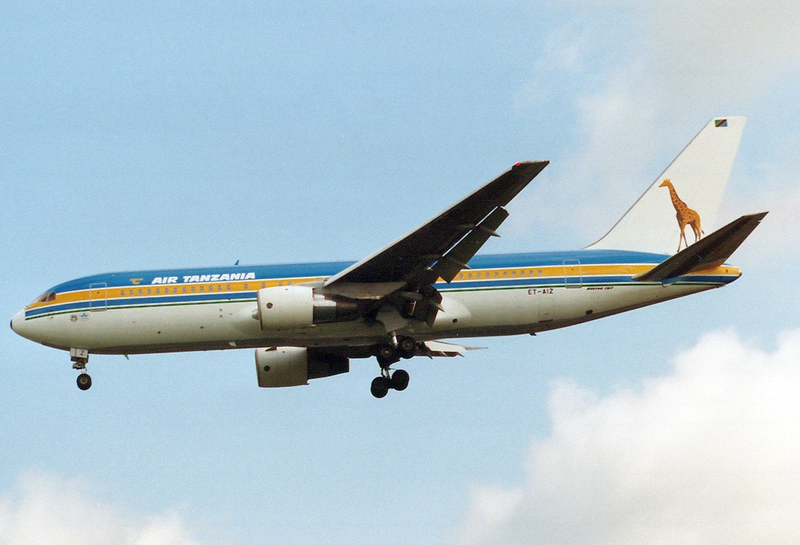
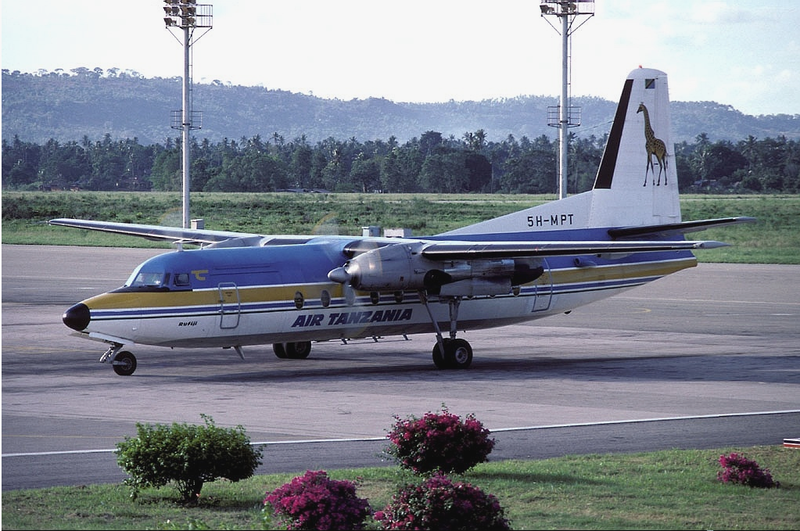

 RSS Feed
RSS Feed